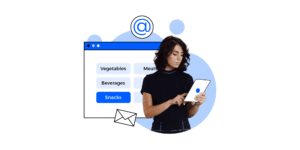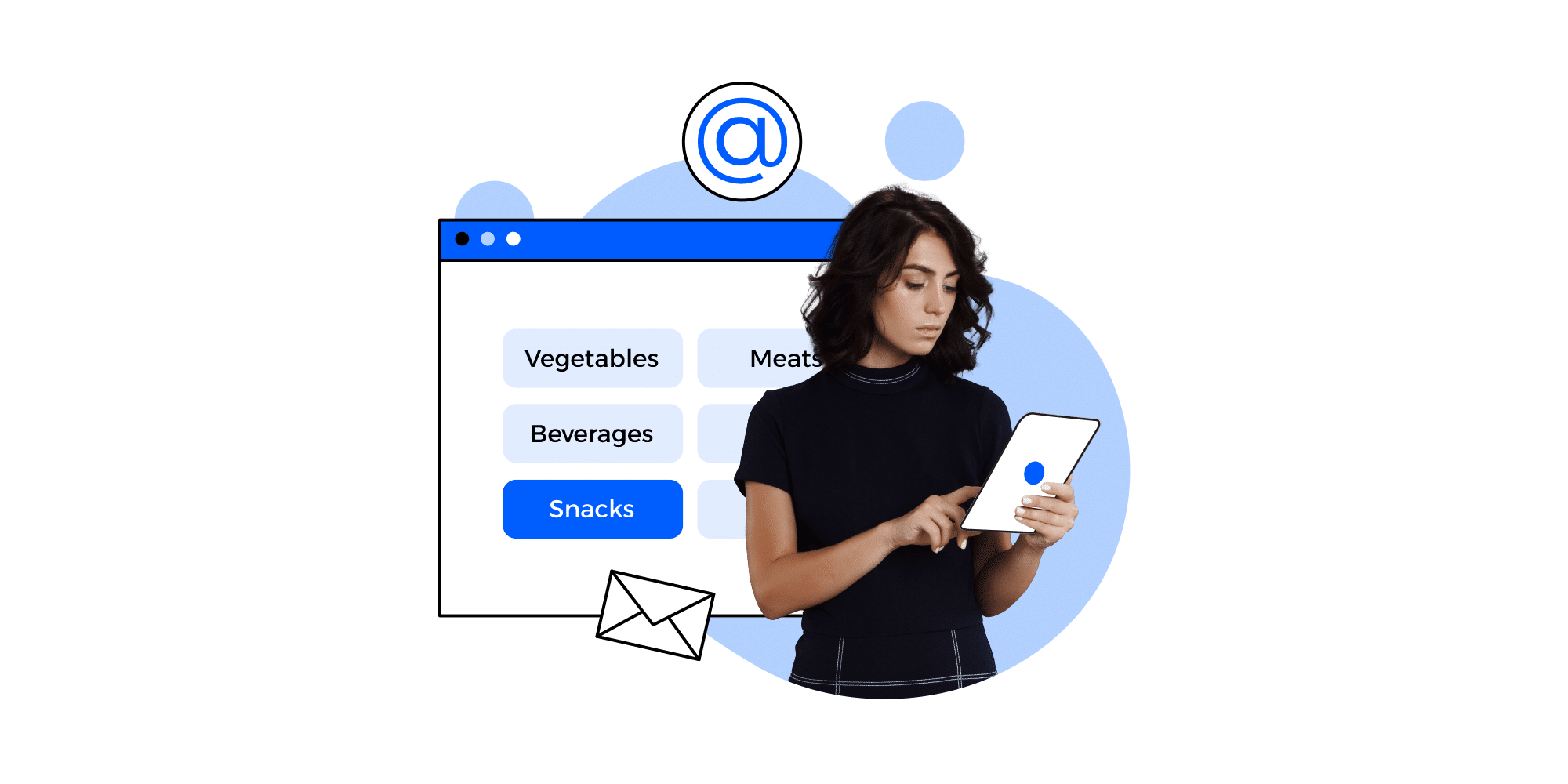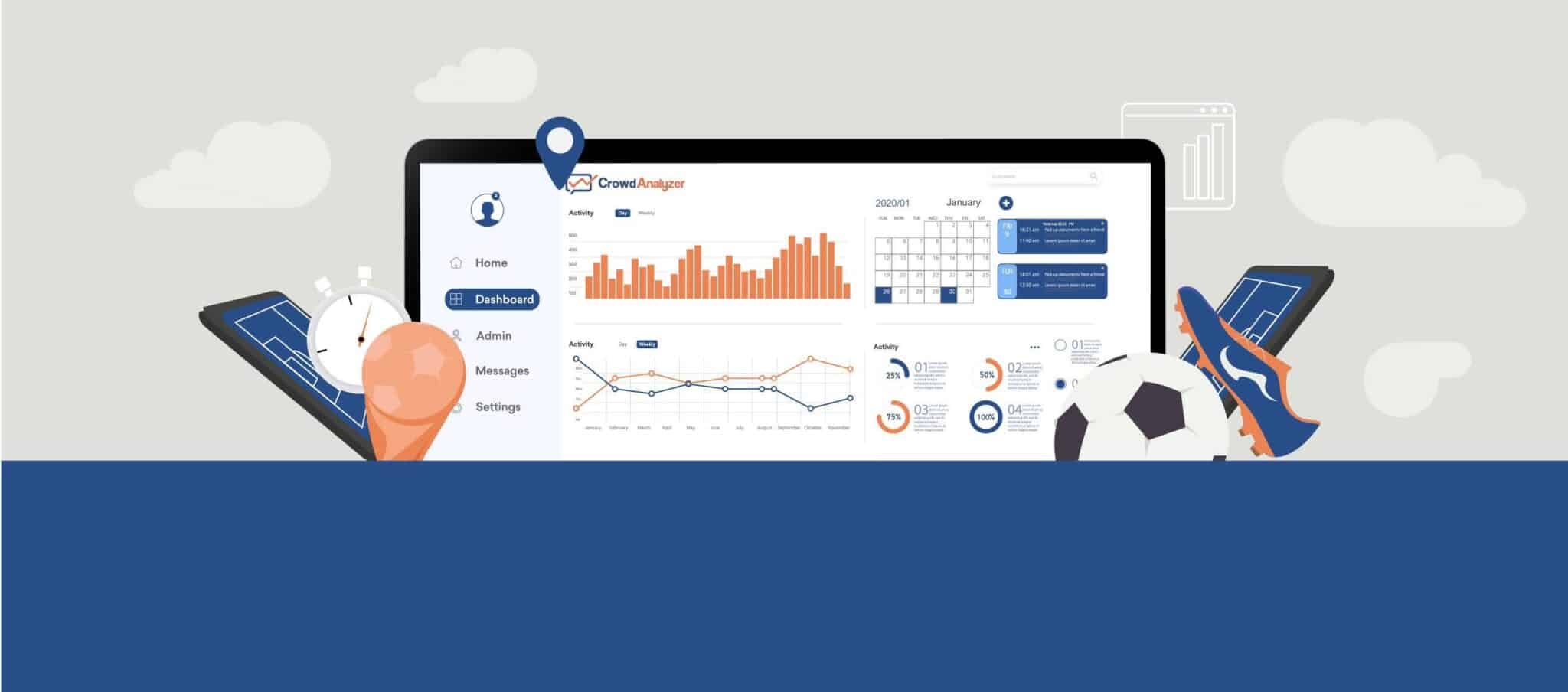Companies used to feature celebrities in advertisements and commercials, to persuade people to buy their products and services. As people loved to imitate their favorite celebrities, this kind of marketing was powerful, achieving huge success for brands. With the emerge of social media, nevertheless, this concept evolved to “Influencer Marketing,” which allowed more individuals to join this “celebrity” zone and impact people.
In other words, influencer marketing still promotes for products and services of companies. However, it doesn’t only use celebrities, but also those who affect the public opinion and direct certain groups of people. Although influencer marketing started to bloom only in 2015, it is becoming one of the most influential marketing strategies. Considering that people are less trusting direct advertising, and most of them prefer to read brand reviews or follow recommendations from other people, companies use influencers to indirectly promote for their brands.
Everything you need to know about influencer marketing on social media: https://t.co/ZiArtUvtsg pic.twitter.com/6rzm85bHnb
— Hootsuite (@hootsuite) November 20, 2016
Schlesinger Associates conducted a study in 2015, and found that 81% of marketing experts confirmed their influencer marketing strategies were effective. Furthermore, statistics show that social networks influence 74% of consumers’ buying habits and decisions. As influencers primarily use social media to communicate with followers, it seems efficient to employ them for more effective marketing. Considering influencer marketing to be the new marketing game, here are its 2016 trends and predictions.
Influencer Marketing Trends:
Social Media Growing with Influencer Marketing:
- Facebook Video:
In November 2015, the growth of Facebook video exceeded 8 billion views per day.
Although YouTube, was, still and will be the king of video content, adding this feature to Facebook is increasing its popularity and impact as a medium of influencer marketing.
- Instagram:
Instagram has a 50% annual user growth, and the fact that it was established as a social network for visual communication, makes it a unique opportunity for influencers to attract followers and keep them interested in what they are communicating. That’s why, it will keep growing as an effective influencer marketing tool. Nevertheless, it will have longer-term collaborations for content between influencers and brands.
- Snapchat:
Although Snapchat is an experimental marketing platform, considering that is doesn’t allow social listening or provide its API for marketers, some prominent brands have started using it, mostly to look for influencers. Snapchat is one of the most on-time social media, as it reports stories that are happening at the current moment. The fact that it doesn’t give users the luxury to edit or modify their videos, gives it credibility and trustworthiness. That’s why a successful influencer marketing campaign, is more achievable when companies use Snapchat’s unique features along with authentic influencers.
- Periscope:
Periscope was launched early 2015. By August 2015, the app had already had 40-years worth of uploaded video, with 350,000 hours streamed every day, and 10 million users, with 2 million daily active users. Allowing users to show others what they are seeing and living, Periscope was confirming the practice of live-video streaming. That’s why it rose as one of the fastest growing social networks for influencer marketing.
Influencers create content on Brands’ Social Media:
Honesty in any influencer marketing campaign, is what builds credibility and grants companies the trust people give to influencers. People must believe that brands are actual parts of their influencers’ daily life. Therefore, creating content for brands on the influencers own blogs, is not always enough. Some brands, now, ask their influencers to post on their own social hubs. As a result, they drive traffic to brands’ website and social media, instead of their website, blog or social accounts. Now, through this new trend of influencer marketing, people will be living the experience of the influencers, through reading their posts, and watching their videos and photos, on the companies’ various media channels.
-
User-Generated Content Campaigns:
One of the most effective trends of influencer marketing, is using the content users generate, in the marketing campaigns. Here, companies will facilitate a space to their most enthusiastic and loyal customers, to express their admiration for their brands. Its free publicity. However, experts confirm that it offers an “unbeatable economy”. Moreover, it provides real-life stories and experience, which other people will trust and follow.
-
Cross-platform strategy:
The number of social media networks has increased, and is still increasing. That’s why it’s harder for companies to precisely detect a specific social platform to use for their marketing strategies. So, to plan an effective influencer marketing campaign, marketers must consider the various channels through which their target audience communicate. A cross-platform strategy cooperates content and interactions on both the brand’s own social accounts as well as the influencer’s own channels. That’s, specifically, why it’s the best in reaching as much as possible of the target customers.
When should you start Influencer Marketing? [Infographic] – https://t.co/3kYExHMZvB pic.twitter.com/zjXtHsBWCG
— James McQueen (@McQueenUK) December 14, 2016
Influencer Marketing Predictions
-
More investment:
With its increasingly-significant benefits, influencer marketing will attract more brands and companies. In fact, since 2013, the interest in this type of marketing increased 90 times. As a result, 60% of marketers are increasing their influencers’ marketing budgets. That, accordingly, will lead companies to dedicate more investment to attract and employ the best influencers.
-
Cross-functional:
Strategies for influencer marketing are now based on cross-functional influencer programs. This means it’s no longer an exclusive responsibility to the public relations department. In fact, now, influencer marketing operates across corporate communications, performance marketing, Customer Relationship Management (CRM), and social media marketing. As a result, influencers work with different matters of organizations including HR, customer care and product marketing.
-
Brands will be less involved in their messages:
As influencer marketing works depending on people to represent brands, then companies might not be able to control the message. In other words, they can guide on the type of content, but not how it is worded and delivered. That’s why it’s crucial for the success of this marketing strategy, to select the best influencer.
-
Increased influencer demand, with a more expensive price tag:
Companies will be competing to gain the best and most influential influencers. That’s why adding an authentic influencer to the company’s marketing strategy will add a priceless value. The increasing demand on influencer marketing, will, accordingly, lead to an increase in the cost. Therefore, marketing experts expect a more expensive price tag to gain the most authentic influencers to promote for their brands.
Featured image by: Freepik

























